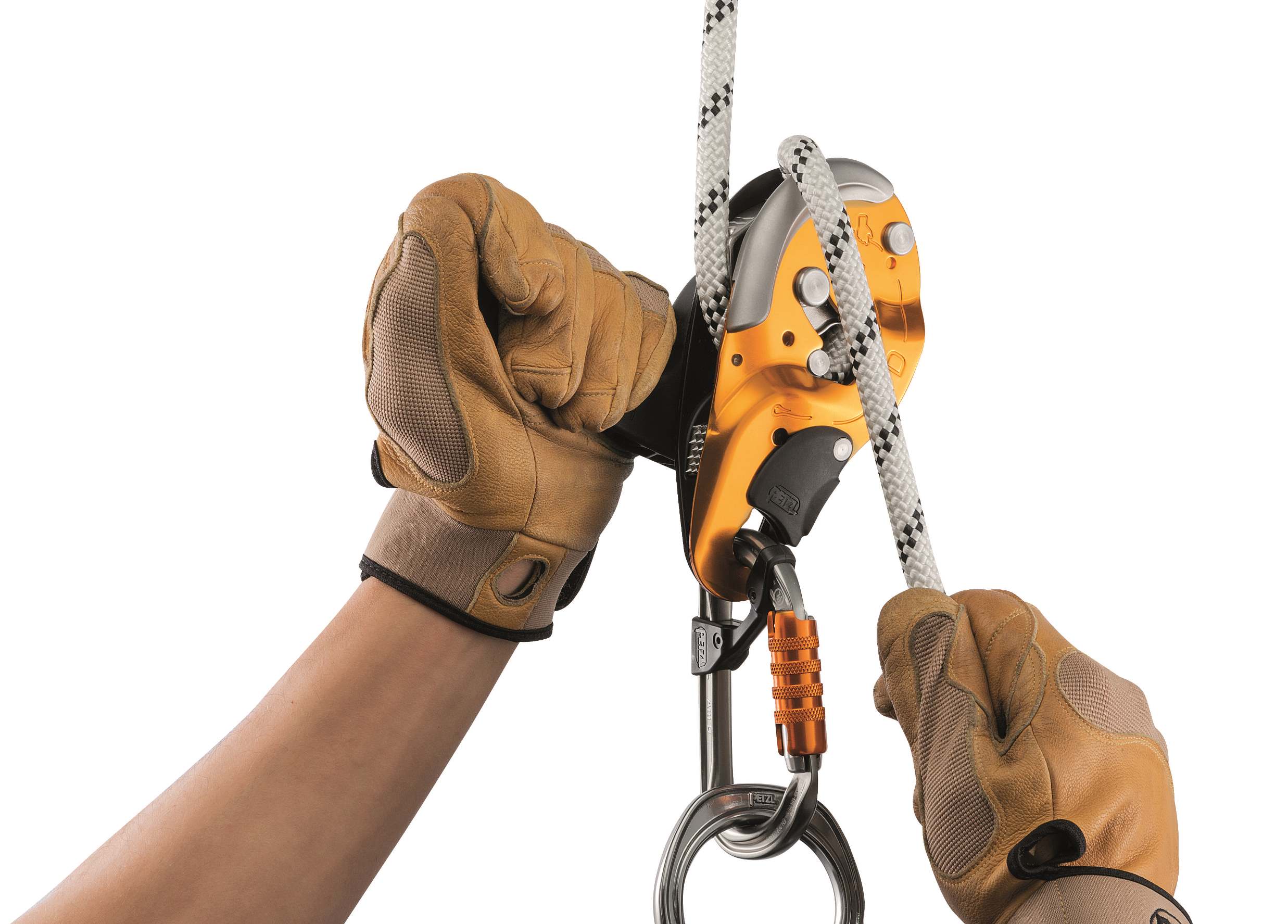
Founding principles for a Strong Safety Culture:
Operators that have a positive safety culture driven by committed leaders
A positive safety culture:
Safety culture should be the first principle upon which all others are founded. It is characterised by an open and overt commitment to safety. This should occur at every level of an organisation. It relies upon leaders promoting and adhering to good safety practices and leading by example consistently. Organisations with a positive safety culture are characterised by communications founded on mutual trust. Likewise, there should also be shared perceptions of the importance of safety. This creates confidence in the efficacy of preventive measures.
Operators have a safety management system (SMS) relevant to their operation:
Safety management system can be defined as a coordinated and comprehensive set of processes specifically designed to optimise safety performance. An SMS covers safety across all aspects of the organisation and includes provisions for recruitment, training, and communication. Furthermore, it should also cover well documented and clear standard operating procedures, internal and external audits, consistent safety reporting, incident reporting, and emergency action plans. An SMS addresses the potential for both systemic weaknesses and active operational failures.
Operators have competent staff:
Staff competency: Adventure Centres ensure staff have appropriate experience supported by relevant training and qualifications. Induction training is followed by ongoing training at a frequency and depth that is consistent with the nature of the activity. The correct balance of experienced to less experienced staff is consciously managed.
Operators communicate risks and responsibilities:
Risk and safety information to clients prior to undertaking the activity is an important aspect of client safety and offers some protection from possible insurance claims. Clients are provided with appropriate risk and safety information in a risk acknowledgement form or disclaimer that is tailored for the activity. Information is delivered so clients are clear of the risks and their responsibilities in helping mitigate them. Client information can be delivered in writing, verbally, pictorially or via a combination of mediums. A client signature acknowledging a briefing has taken place is essential.
Operators have well maintained equipment that is fit for purpose:
Well maintained, fit for purpose equipment and/or infrastructure is subject to regular review under the SMS framework. It is inspected, maintained or replaced at intervals that ensure it remains fit for purpose and suitable for commercial delivery of the activity.
Operators have an external assessment before commencing operations:
Initial external assessment completed by an independent third party appropriately qualified to assess and approve the type of activity being undertaken is of fundamental importance. Its primary function is to assess the SMS and provide operators with advice and support. Is the SMS comprehensive, clear, workable and tailored correctly for that activity?
Operations have ongoing external assessments:
Ongoing external assessments are used primarily for verifying compliance with approved standards, procedures and/or national standards where available. As with the ‘initial’ audit, they assess the relevancy and effectiveness of the SMS and provide advice and support to operators.
Operators share safety information:
Exchange of safety information is valuable to the industry as a whole and offers protection to all adventure centres. Organisations make a conscious and formalised effort to share safety information (including lessons learned) with others while externally seeking information that may strengthen their own safety provisions. Commercial interests are pushed aside in the interests of achieving better safety outcomes through shared learning.